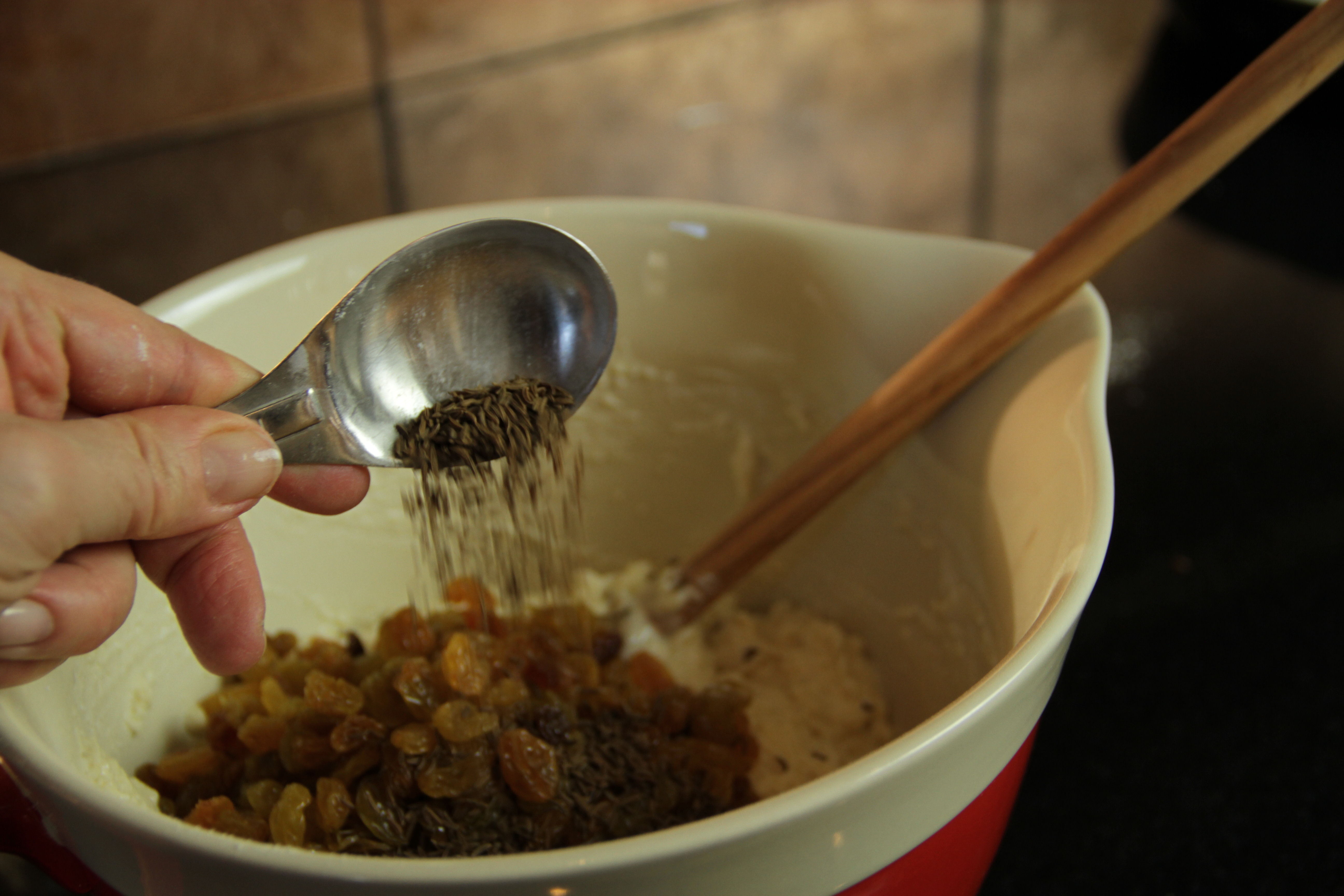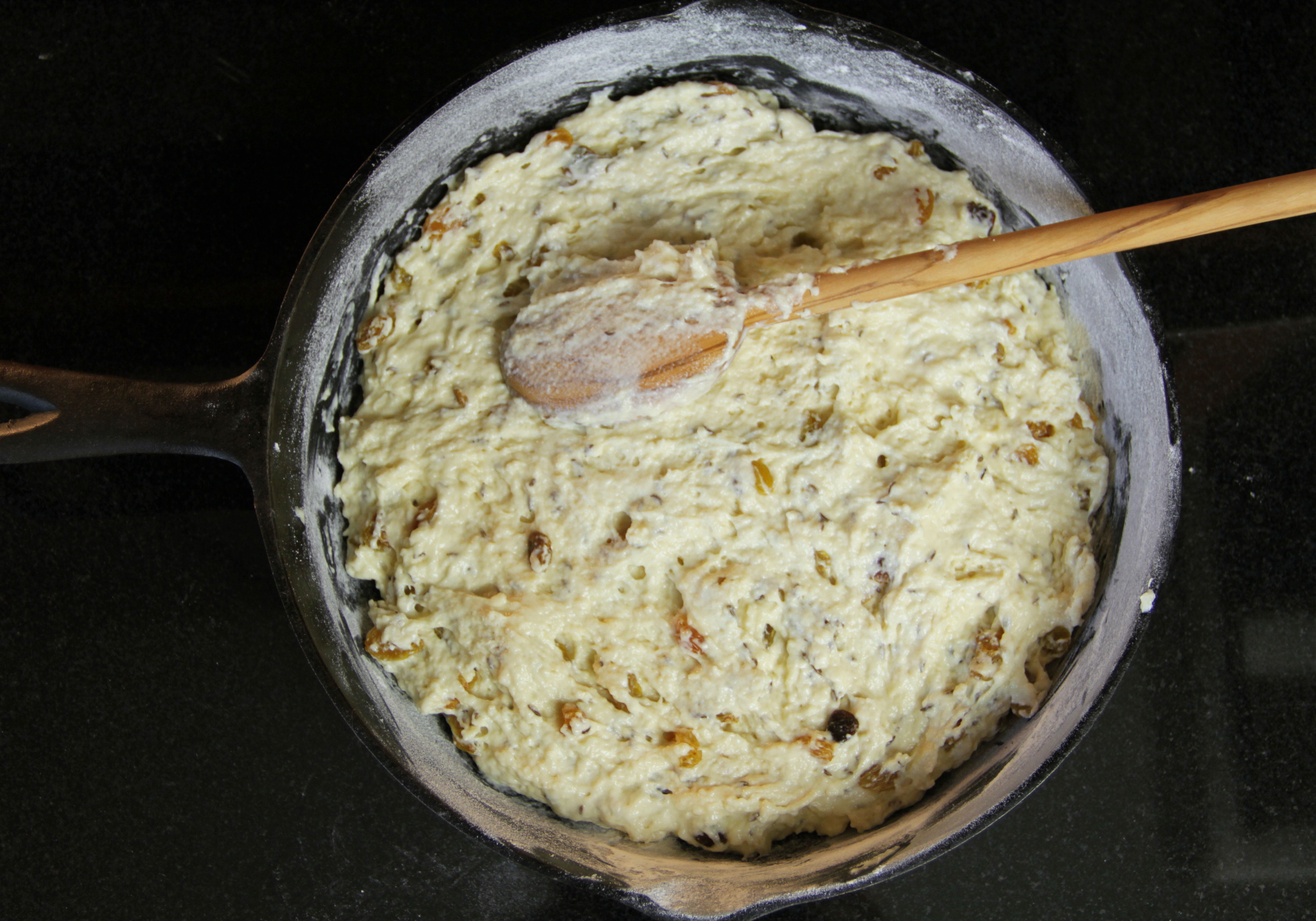Author Archives: charlesprogers
Breakfast in Bed –Artichoke Eggs

Post by Alison Hein.
Artichokes, whose dusty green sharp-leaved plants protect their tender succulent centers, are actually a species of thistle. They are native to the Mediterranean area, and have been cultivated as food since at least the ancient Greek and Roman periods. Somehow, they made their way through Spain into France, then to the US in the 19th century – to California by Spanish immigrants and to Louisiana by the French.
If you’ve every painstakingly worked your way through dozens and dozens of spiky outer leaves to reveal the thistly choke-protected base of an artichoke, then diligently scraped away the tiny, splintery bracts to reach the exquisite, savory heart, and nibbled your way through that delicious, delicate orb, you’ll know why these thistles are beloved the world over.

These days, artichoke rounds can be purchased already cleaned and stacked neatly in cans making it simple to indulge in this delicacy on a daily basis. Artichokes are rich in antioxidants and low in calories. Gently warmed, topped with a poached egg and a sprinkling of buttered bread crumbs, Artichoke eggs make a tender, succulent breakfast in bed.
Ingredients
2 artichoke bottoms
2 eggs
4 tablespoons butter
3 tablespoons plain breadcrumbs
Salt and pepper to taste

Preparation
Heat artichoke bottoms in a slow oven and keep warm while preparing eggs and breadcrumbs.
Melt butter in heavy saucepan and continue to cook until browned. Add breadcrumbs and continue to cook until crispy, another minute or two. Set aside.

Eggs should be as fresh as possible for perfect poaching. To poach eggs, fill a heavy saucepan with enough water to cover eggs (3 to 4 inches) and heat until very hot and simmering, but not boiling. Break eggs into individual small dishes. Or you can use an egg poacher. Carefully pour the first egg into the simmering water. Immediately use a wooden spoon to wrap the cooking white around the egg yolk to prevent the white from feathering. Repeat the process with the second egg, and cook for about four minutes, until the white is firm but the yolk is still soft. Remove from pan with a slotted spoon and drain. Trim edges if necessary.
Place each egg on top of an artichoke bottom. Season with salt and pepper to taste. Sprinkle with buttered breadcrumbs and serve immediately.
Makes 2 servings.

Bedroom Design: Plaids in a Bedroom
Post by Tracy Kaler.
Mix It Up: Plaids in a Bedroom
With winter weather upon us, there’s no better time to break out the plaids. I love how these understated geometrics mingle well with checks, stripes, or even florals. A plaid-on-plaid scheme might sound buttoned-up, but a room can appear cheerful, fun, and even whimisical depending on the colors selected. Get inspired by these five fab bedrooms with plaids.
This comfy, cottage-like twin room is a space saver with built-in shelving and beds. The plaid gives a slight grown-up feel to the compact hideaway, which is perfect for boys of any age.
A darling Burberry plaid covers this sweet bed. Plaid-flanged shams coordinate nicely. Notice the ticking on the reverse side of the comforter. The monogrammed Greek key accent pillow completes the look.
Who doesn’t adore a good plaid on the windows? Roman shades, side panels, and pillow shams are done up right in plaid. A botanical rug provides contrast and a touch of femininity. Although not a likely color combination, the blue and brown create a calming space ideal for rest.
I bet you’re oohing and aahing at this clean and elegant bedroom. I am. Brown and white tartan covers the structured headboard, the shams wear a fun pattern, and the accessories are clean and classic.
Here’s an example of mixed plaids in different scales and colors, and they work beautifully. There’s nothing I dislike about this room, but my favorite accessory happens to be asleep on the bed.
Breakfast in Bed –Mrs. O’Callaghan’s Irish Scones

Post by Alison Hein.
My mother-in-law, Jeannie, obtained this traditional Irish scone recipe from Mrs. O’Callaghan herself in 1961. Jeannie began baking Mrs. O’Callaghan’s delicious scones as a young newlywed, and has continued to do so for the past 50 years! My husband and his siblings still clamor for them whenever they visit their mother.
Who was Mrs. O’Callaghan? She was my mother-in-law’s sister-in-law’s mother-in-law. Funny, I know, but true. Jeannie has modified Mrs. O’Callaghan’s recipe slightly over the years – she adds 1 tablespoon of caraway seeds instead of the original teaspoon, bakes the scones in round cake pans instead of an old-fashioned cast iron frying pan, and skips the buttermilk brushed on top after baking.

I decided to keep Jeannie’s extra caraway seeds, use Mrs. O’Callaghan’s frying pan, and add my own twist of golden raisins. Even with variations, this is a remarkably easy and wonderful recipe. It takes only minutes to mix up the butterless batter, and the long baking time is made easier by the heavenly, wafting aroma that emanates from the kitchen. The scones rise high in the oven, and finish with a consistency light and even, and a flavor balanced by sweet raisins and savory caraway.
While I never had the good fortune to meet Mrs. O’Callaghan, I recently came to know some of her grandchildren. They too have slightly modified their Nan’s recipe over the years, but all still continue to bake, infusing their homes with delightful aromas and making wonderful memories for the next generation. A breakfast in bed to remember.

Ingredients
3 cups flour
¼ cup sugar
1 tablespoon baking powder
1 teaspoon salt
1½ cups buttermilk
½ teaspoon baking soda
1 egg, lightly beaten
1 cup raisins (or golden raisins)
1 tablespoon caraway seeds

Preparation
Preheat oven to 350°. In large bowl, mix together flour, sugar, baking powder and salt. Stir baking soda into buttermilk. Pour buttermilk mixture and lightly beaten egg into dry ingredients and mix just to combine. Batter should be thick but spreadable. Stir in raisins and caraway seeds.
Grease and flour a 10-inch cast iron frying pan. Spread batter evenly in pan. Place in oven and bake until scones are nicely browned and a toothpick inserted in top comes out clean, about 50 to 60 minutes. Alternatively, grease and flour two round 8-inch cake pans. Divide batter evenly between the two pans and reduce baking time to about 45 minutes.
Remove scone from pan and brush top with a little buttermilk, if you like. Wrap immediately in a tea towel so scones remain warm and soft. When ready to serve, cut scone in wedges. Serve warm with good Irish butter.
Makes 12 to 14 scones.


 The Book With No Pictures by B.J. Novak
The Book With No Pictures by B.J. Novak




 Arthur’s April Fool by Marc Brown
Arthur’s April Fool by Marc Brown